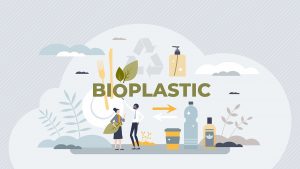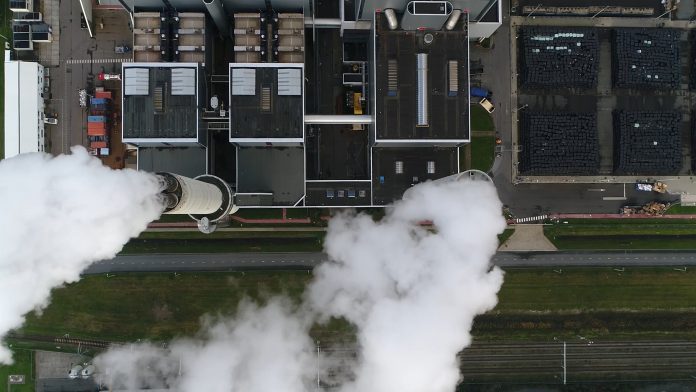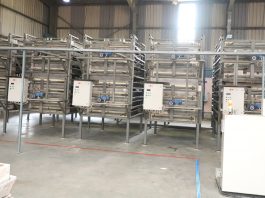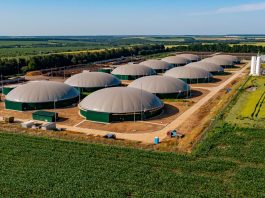Researchers from Cornell University have developed an imaging platform to better understand how solar-powered microbes turn CO2 into bioplastics.
Cornell University researchers have developed an imaging platform to look at biohybrids with single-cell resolution. The platform will allow the researchers to understand how these microbes can turn CO2 into bioplastics, and be optimised for more efficient energy conversion.
The project was led by Peng Chen, professor of chemistry in the College of Arts and Sciences. The development is part of a larger collaboration with Tobias Hanrath, professor at the Smith School of Chemical and Biomolecular Engineering in Cornell Engineering, and Buz Barstow, assistant professor of biological and environmental engineering in the College of Agriculture and Life Sciences.
The collaboration was funded by the US Department of Energy to explore microscopic imaging of microbes to advance research focusing on bioenergy.
The paper, ‘Single-Cell Multimodal Imaging Uncovers Energy Conversion Pathways in Biohybrids,’ is published in Nature Chemistry.
Bacteria used to turn CO2 into bioplastics
In recent years, scientists have created microbe-semiconductor biohybrids that combine the biosynthetic power of bacteria with the ability of semiconductors to harvest light.
The microbes use solar energy to turn CO2 into value-added chemical products, such as biofuels and bioplastics.

However, how that energy transport occurs in such a tiny complex system and whether this can be improved is still unclear.
Now, Cornell University researchers have developed an imaging platform to better understand these processes.
Biohybrid research has focused on bacteria in bulk
Previously, biohybrid research has generally been conducted with bacteria in bulk, emphasising the overall yield of the value-added chemicals and the collective behaviours of the cells.
Instead, the underlying mechanism that enables complex chemical transformation should be emphasised.
“Biology is very heterogeneous. The individual cells are very different. Now, in order to interrogate it better, you really need to measure it at a single-cell level,” Chen said.
“This is where we come in. We provide quantitative assessments of protein behaviours and also a mechanistic understanding of how the electron transport occurs from the semiconductor to the bacteria cell.”
How does the new imaging platform work?
The new platform combined multi-channel fluorescence imaging with photoelectrochemical current mapping to survey the bacterium Ralstonia eutropha.
The imaging platform could image, track, and quantitate multiple proteins in the cell and also measure the flow of electrons. Ultimately, the cellular protein properties and electron transport processes were correlated.
By using the platform, the team differentiated the functional roles of two types of hydrogenases – one bound to the cell’s membrane and a soluble one in the cytoplasm. These help to metabolise hydrogen and drive CO2 fixation.
Although the soluble hydrogenase is known to be critical for metabolising hydrogen, the team discovered the membrane-bound hydrogenase facilitates the process and makes it more efficient.
Future bacteria strains could improve the efficiency of energy conversion
The researchers also obtained the first experimental evidence that the bacteria can uptake a large number of electrons from semiconductor photocatalysts.
By measuring the electron current, the team found it to be three orders of magnitude larger than previously thought. This suggests that future bacteria strains could be engineered to improve the efficiency of energy conversion.
They also discovered that membrane-bound and soluble hydrogenases play a crucial role in mediating the electron transport from the semiconductor into the cell.
The imaging platform can be used to study other processes for pollutant removal
Because the imaging platform is generalisable, it can be used to study other biological-inorganic systems, including yeast, and for other processes, such as nitrogen fixation and pollutant removal.
“Our multimodal imaging platform is powerful, but it of course has its own limits,” Chen said.
“We can image and study proteins, but our approach does not allow us to analyse small molecule compositions. And so one can think about further integrating our approach with other techniques – for example, nanoscale mass spectrometry – so it would be really powerful. We’re not there yet.”









